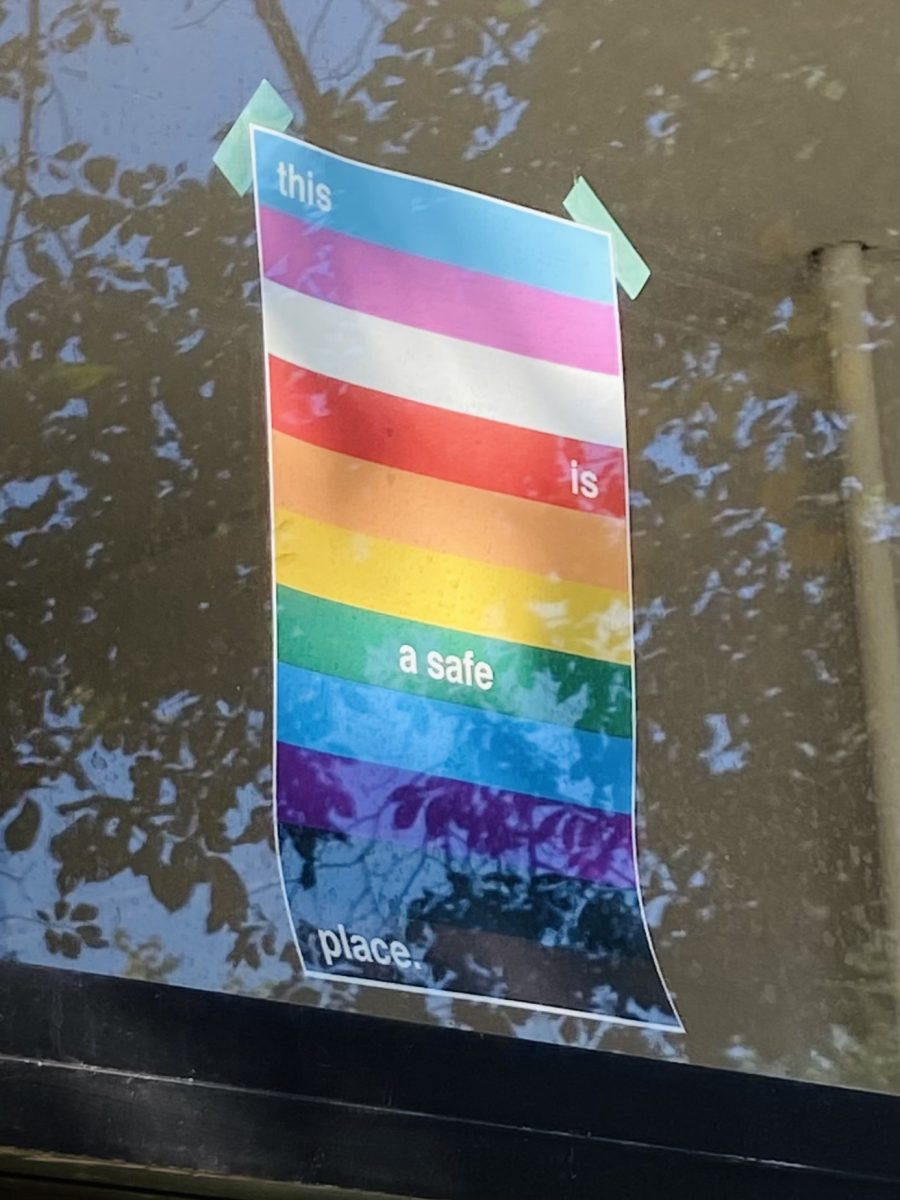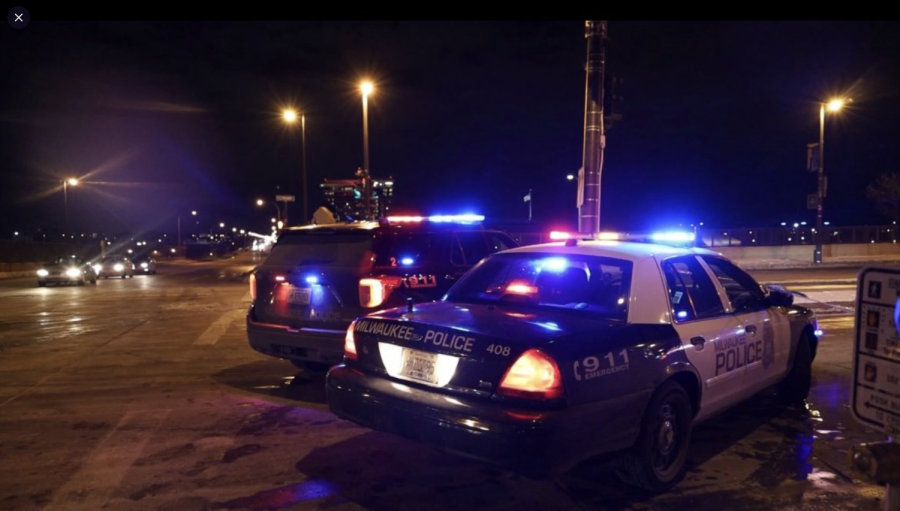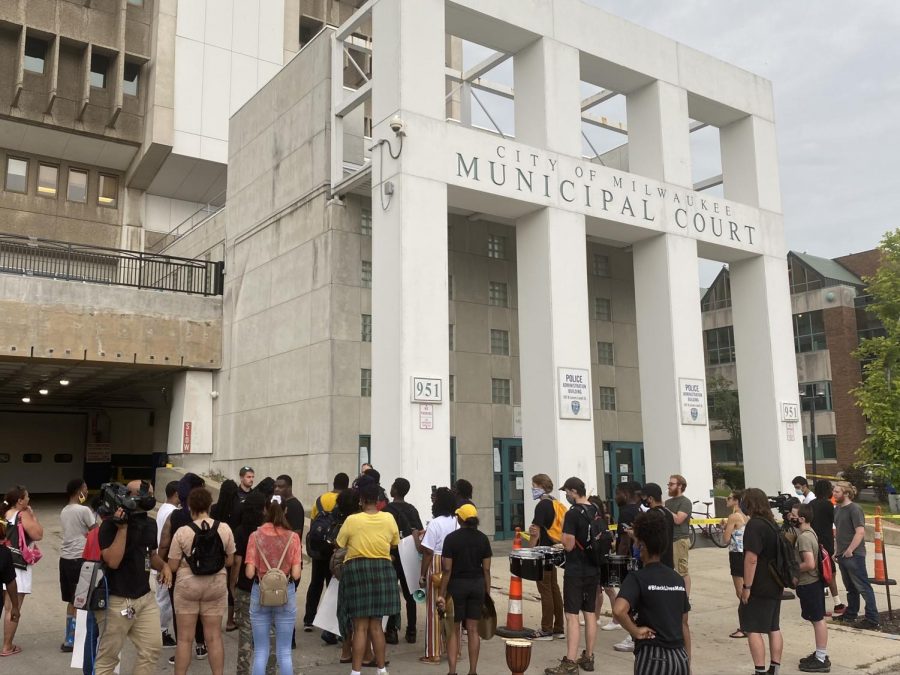Milwaukee police are now able to identify the exact location of gunfire in one area of the city and dispatch officers there more quickly, thanks to a new system of sophisticated sensors and high-tech software.
The ShotSpotter Gunshot Location System was unveiled last Tuesday by Police Chief Edward Flynn as the Milwaukee Police Department’s most recent effort to reduce violent crime in the area. Installation fees for the federally funded system, secured by Sen. Herb Kohl, cost $550,000, according to a press release.
ShotSpotter Inc., founded in Mountain View, Calif. in 1995, has installed systems in 52 U.S. locations and four international locations to protect about 1 million people in more than 150 square miles.
The system’s sensors, which are mounted to Milwaukee buildings with owners’ permission, pick up sound waves generated by gunshots in a particular location and instantly send the gunshot data to a nearby command center. Computer software then locates the shot’s source using readings from three sensors, a process called acoustic triangulation.
The software provides a geographic mapping of the incident area along with the time of the incident, type of noise detected and an audio clip of the event, according to the system website. The sensors are also able to filter out non-threatening noises, such as fireworks or vehicle backfires.
Within seconds, the incident information is detected, located and displayed on a screen for responders to see so police can be immediately dispatched to the scene. The exact location of the sensor-equipped area remains undisclosed so shooters do not know where they are being monitored, the MPD release said.
“It’s an area of Milwaukee that desperately needs crime control and violence prevention,” Flynn said at the news conference.
Customers of the California-based technology have reported reductions in urban gunfire by up to 80 percent and related violent crime by as much as 40 percent, the company said.
Violence prevention will not only be improved on the streets, but also in the courts. Police will use the system to support convictions in court cases by providing detailed specifics such as the exact number of shooters and shots fired. A jury can also actively listen to the recorded audio clips for further evidence.
Though the system has been responsible for only a few arrests thus far, MPD said more than 100 shots were detected in the past month alone. Police only grow more hopeful as the data allows them to geographically profile patterns and trends to fight future crime.
Gregg Rowland, senior vice president of ShotSpotter Inc., believes the technology allows police to better analyze and monitor gun violence trends and form proactive, combative strategies.
“By using (the system), officers will be armed with valuable intelligence and will have access to more comprehensive data on gun crime occurring within their coverage area,” Rowland said in a press release.
Milwaukee is not the first city in Wisconsin to electronically track gun-slingers. Its neighbors in Beloit implemented the system in January 2009.
Tom Dunkin, deputy chief of the Beloit Police Department, said ShotSpotter has helped his team in pockets of the city experiencing gun-related violence where police receive little cooperation from residents.
“It increases our opportunity to catch people in the act in our community,” Dunkin said.
Aside from some initial miscalculations, which were fixed by tweaking sensors, Dunkin said the city has experienced very few problems. He did, however, express particular interest in installing the software in squad cars to make for an even faster response team.




